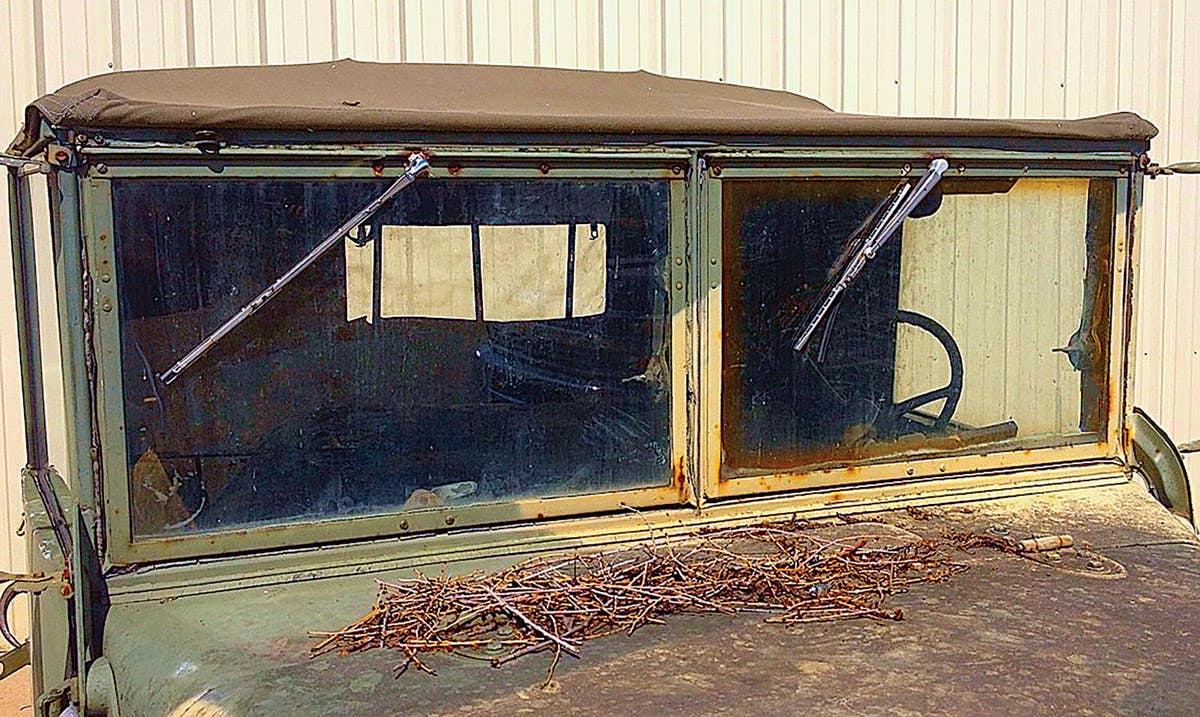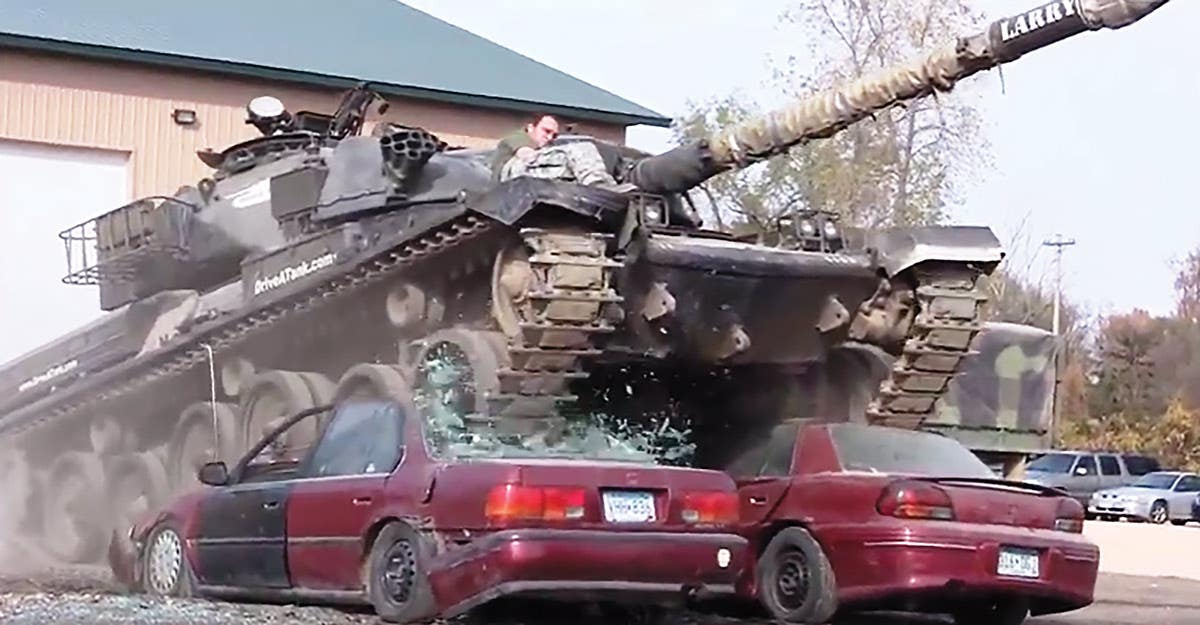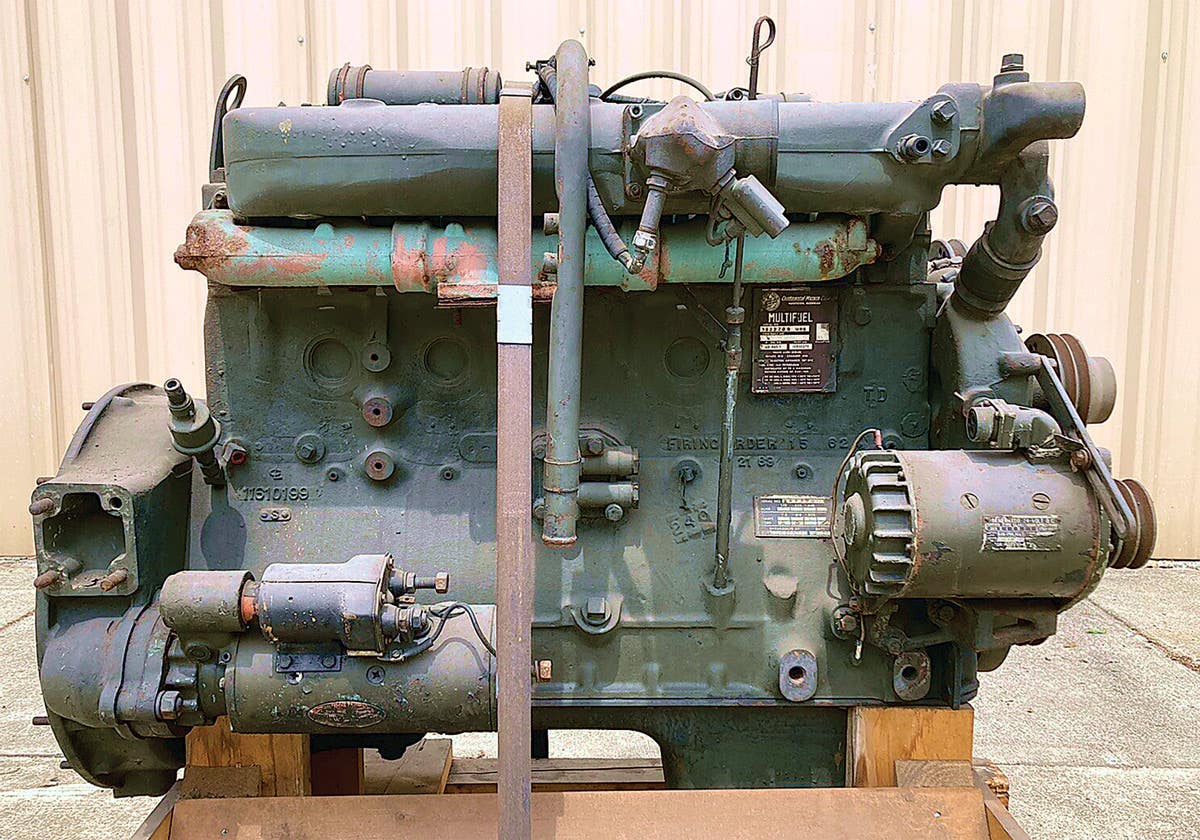My WWII Dodge WC-43: Reliable service for more than a half-century
Ray Splinter bought his Dodge 3/4-ton WC-43 just after WW2 in 1949. He didn’t buy it to restore, but rather, to use it for a work and hunting truck. He has driven the Dodge for more than half a century.
My story begins in 1949, when I purchased a surplus Dodge WC-43. The vehicle was a late-1942 production model with military style gauges rather than the civilian type found in earlier vehicles. At the time of my purchase, the WC had a boom mounted on the front bumper and a homemade wooden flatbed. A building contractor had used it before I got a hold of it. I purchased the WC to use for hunting and general work around the farm. The WC served well in those roles for more than half a century.
I drove the WC on many hunting trips throughout Oregon, Idaho, and the central interior of British Columbia, Canada. Many times, I pulled a travel trailer on those trips.
On my very first hunting trip in the mountains with the truck, I got stuck in deep snow. After much hard shoveling, I was able to clear the snow from around the wheels enough to get chains on them. With those, I was able to drive the truck out, but I learned a valuable less: Use common sense and put on chains to unstuck a vehicle. After that, I never got the truck stuck again in the snow, mud, or in any other bad road condition.
Around the farm, I hauled many loads in the WC including bailed hay, countless cords of firewood, and even loads of scrap metal from the worn out farm machinery. The scrap loads often caused the springs to bottom out a few times, but the WC never failed. I even used the WC to rescue other trucks — sometimes three times its size!
By the mid 1970s, the original engine had 40,000+ miles and was growing tired. I replaced it with a 230 CID engine. Even after a rebuild, this engine is still in operation.About the same time as the engine swap, I located an all-steel stake bed. I installed it along with extra tires and wheels on the rear axle making my WC a “dually.”
Over the 51 years, I have driven the WC slightly over 100,000 miles. It has never left me stranded. With the only major repair being the engine replacement, the truck is a testament to the durability and dependability of the Dodge WC.
When Ray retired, he donated his WC to the Western Antique Aeroplane and Automobile Museum (WAAAM) in Hood River, Oregon. The Museum has a large volunteer staff of craftspeople and mechanics. They are planning to restore the truck to its original military configuration.
Dodge stories you may also like:
*As an Amazon Associate, Military Trader / Military Vehicles earns from qualifying purchases.







